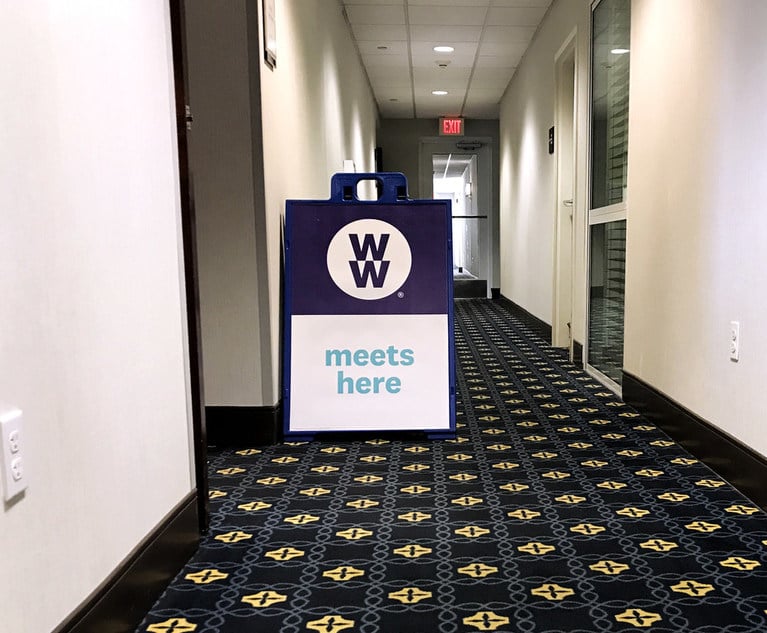In-house lawyers perform a variety of functions, including contract negotiator, compliance advisor, business strategist, and litigator. In this fast-paced and varied environment, it is often difficult to analyze (much less predict) how a court might view a privilege claim. These challenges can be exacerbated by the large volume of documents in complex disputes, ever-increasing costs of discovery, and the high stakes of litigation. In this article, we provide practical best practices for in-house counsel to implement now to prepare documents and files for future litigation.
General Privilege Principles
The attorney-client privilege is frequently described as one of the oldest privileges, and most in-house attorneys have a strong working knowledge of core privilege concepts. Under New York law, privilege attaches to “a confidential communication made between the attorney or his or her employee and the client in the course of professional employment.” N.Y. C.P.L.R. §4503(a)(1). Corporations may invoke the attorney-client privilege, and “[t]he privilege applies to communications with attorneys, whether corporate staff counsel or outside counsel.” Rossi v. Blue Cross & Blue Shield of Greater N.Y., 73 N.Y.2d 588, 591-92 (N.Y. 1989). New York law also protects from disclosure “[t]he work product of an attorney” and other materials “prepared in anticipation of litigation or for trial by or for another party, or by or for that other party’s representative (including an attorney, consultant, surety, indemnitor, insurer or agent).” N.Y. C.P.L.R. §3101(c), (d).










